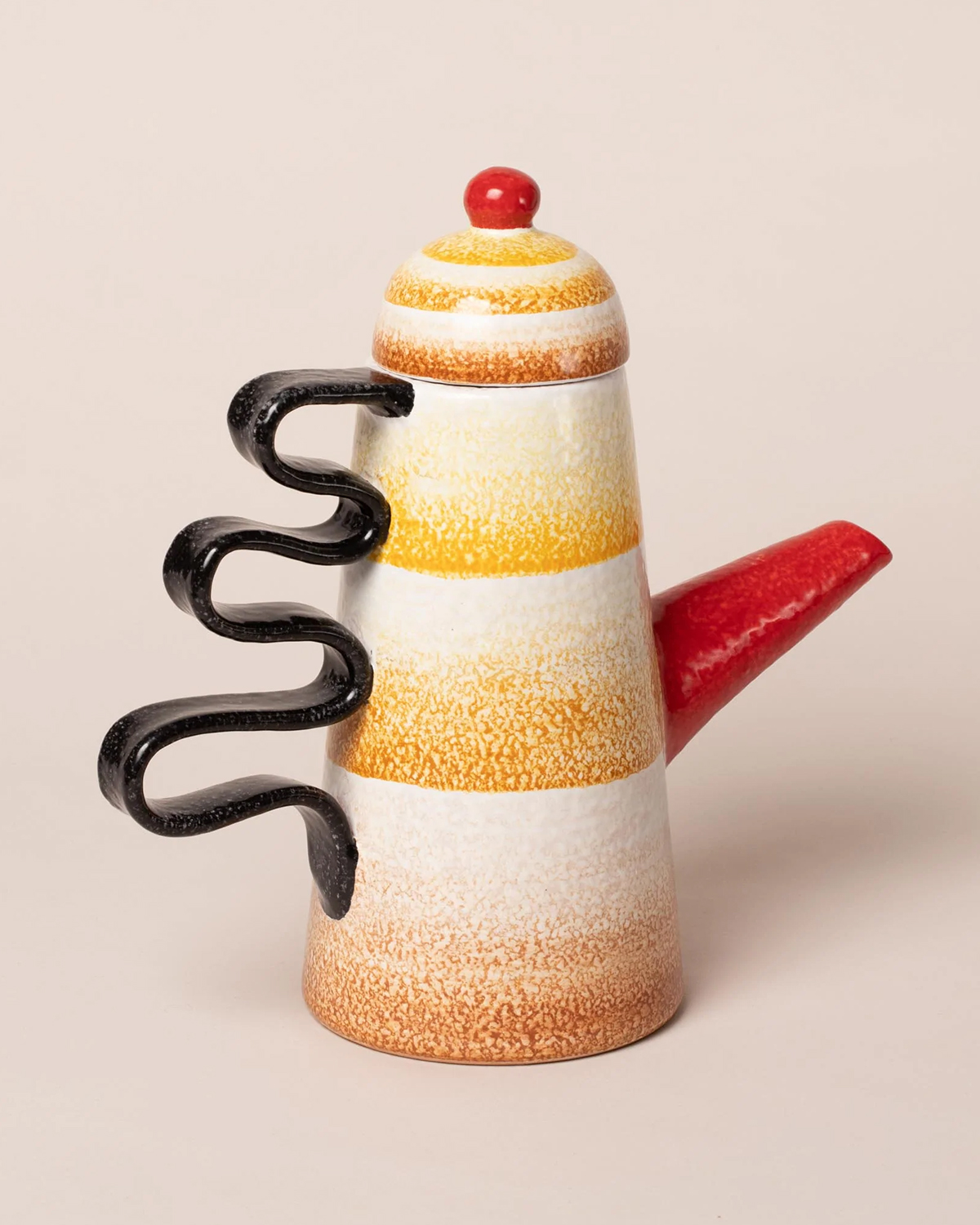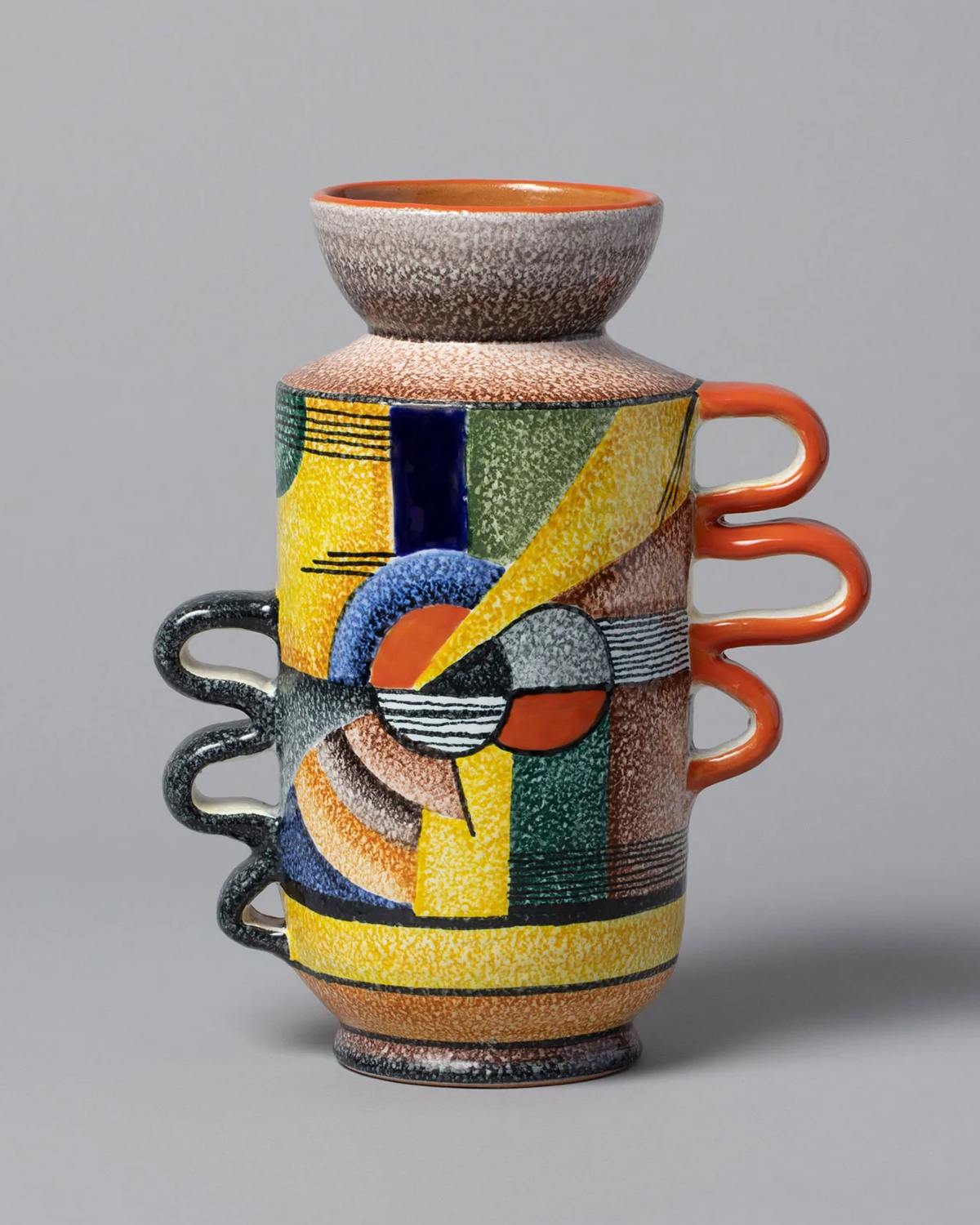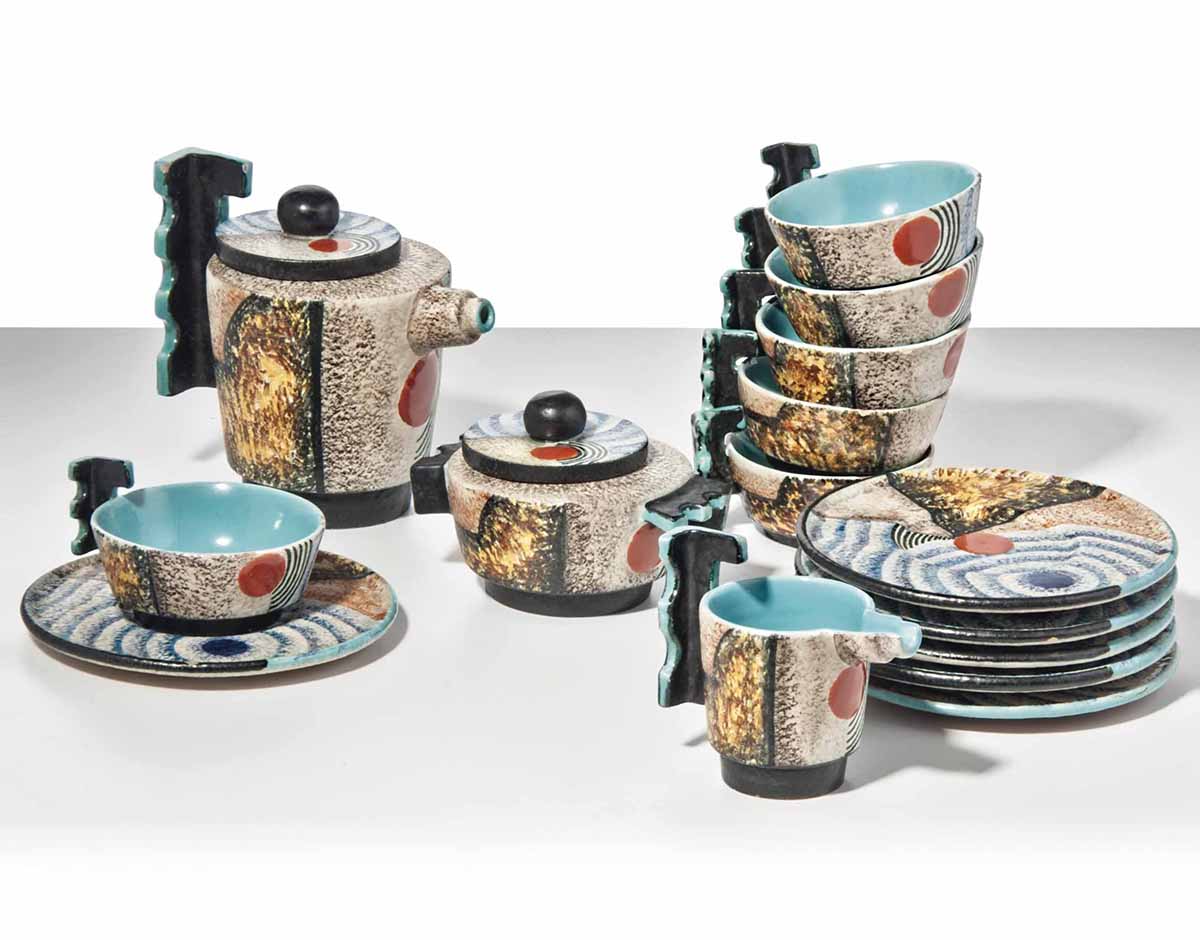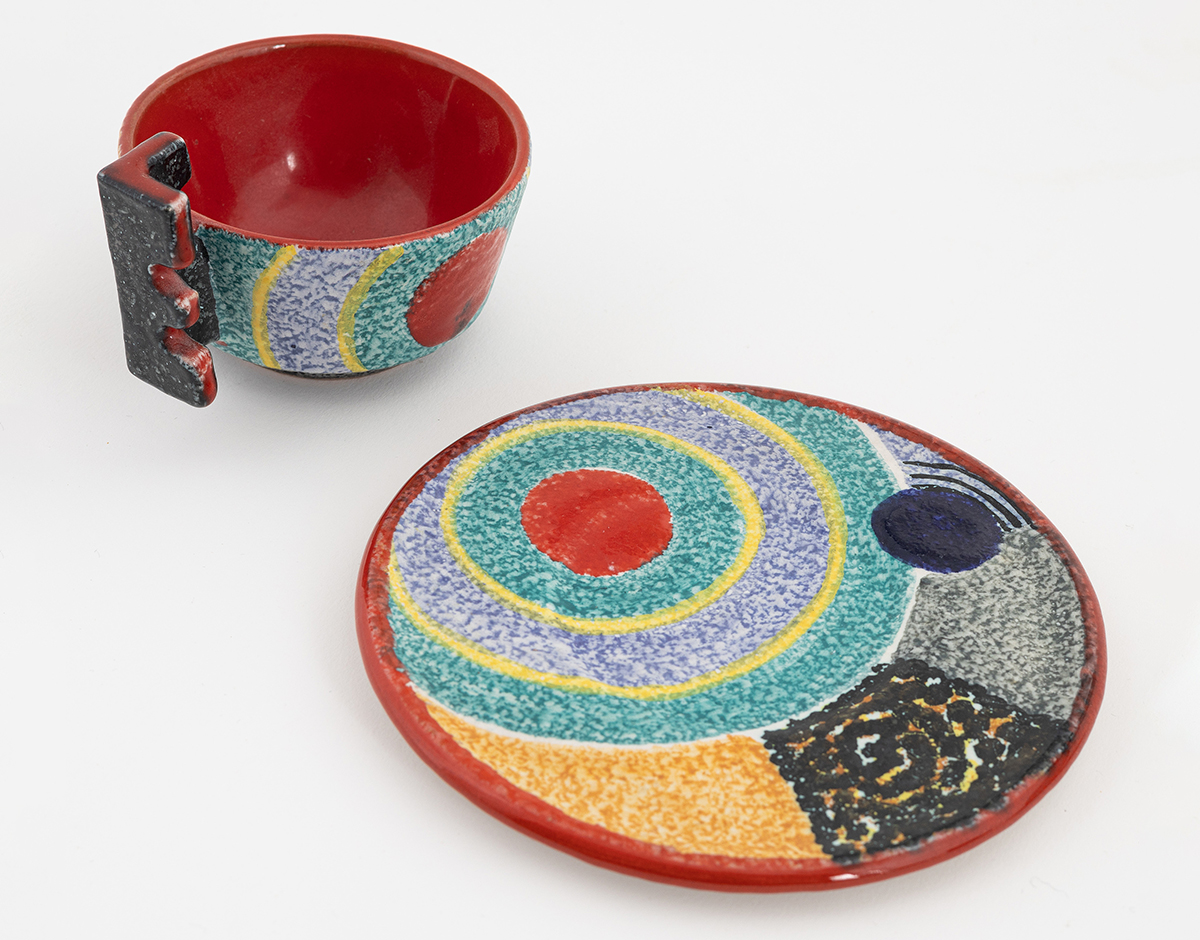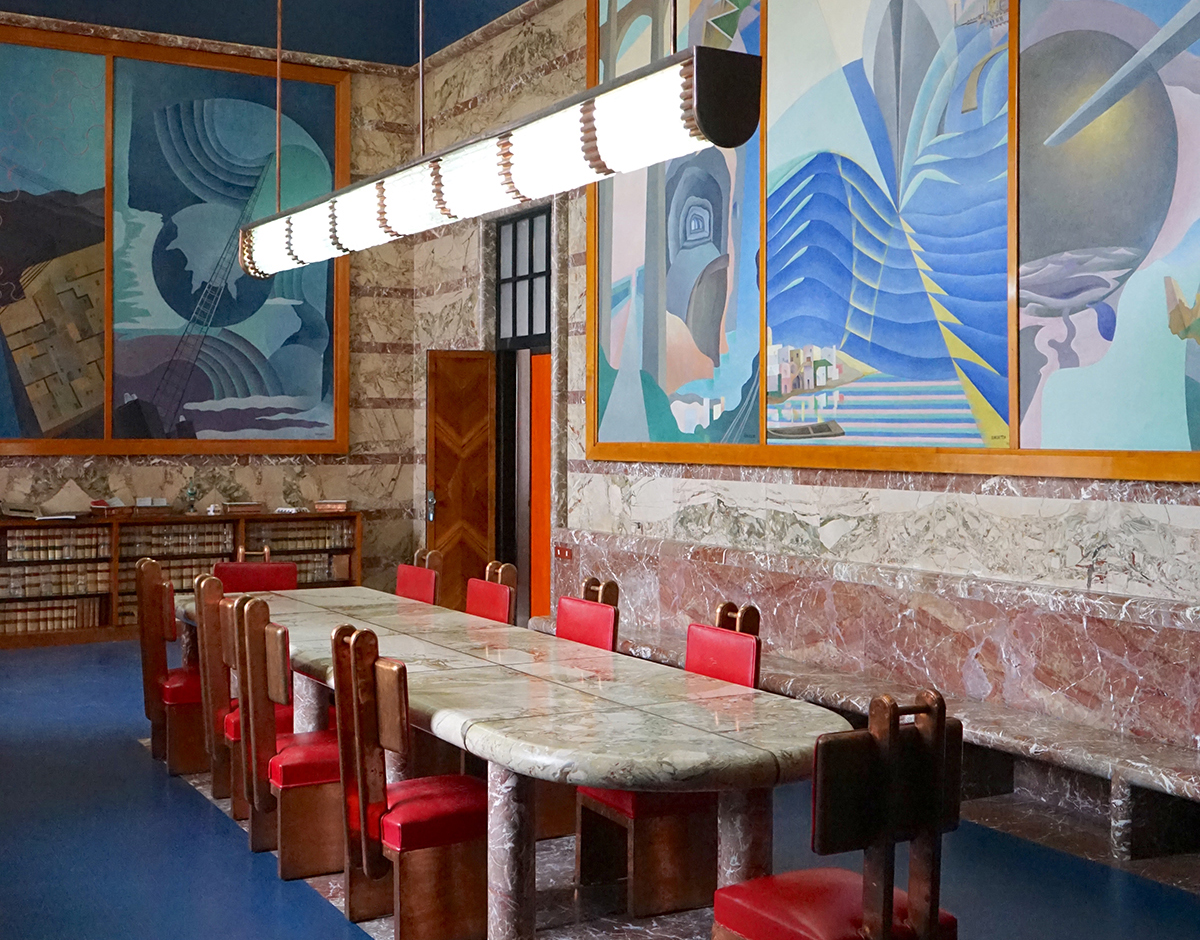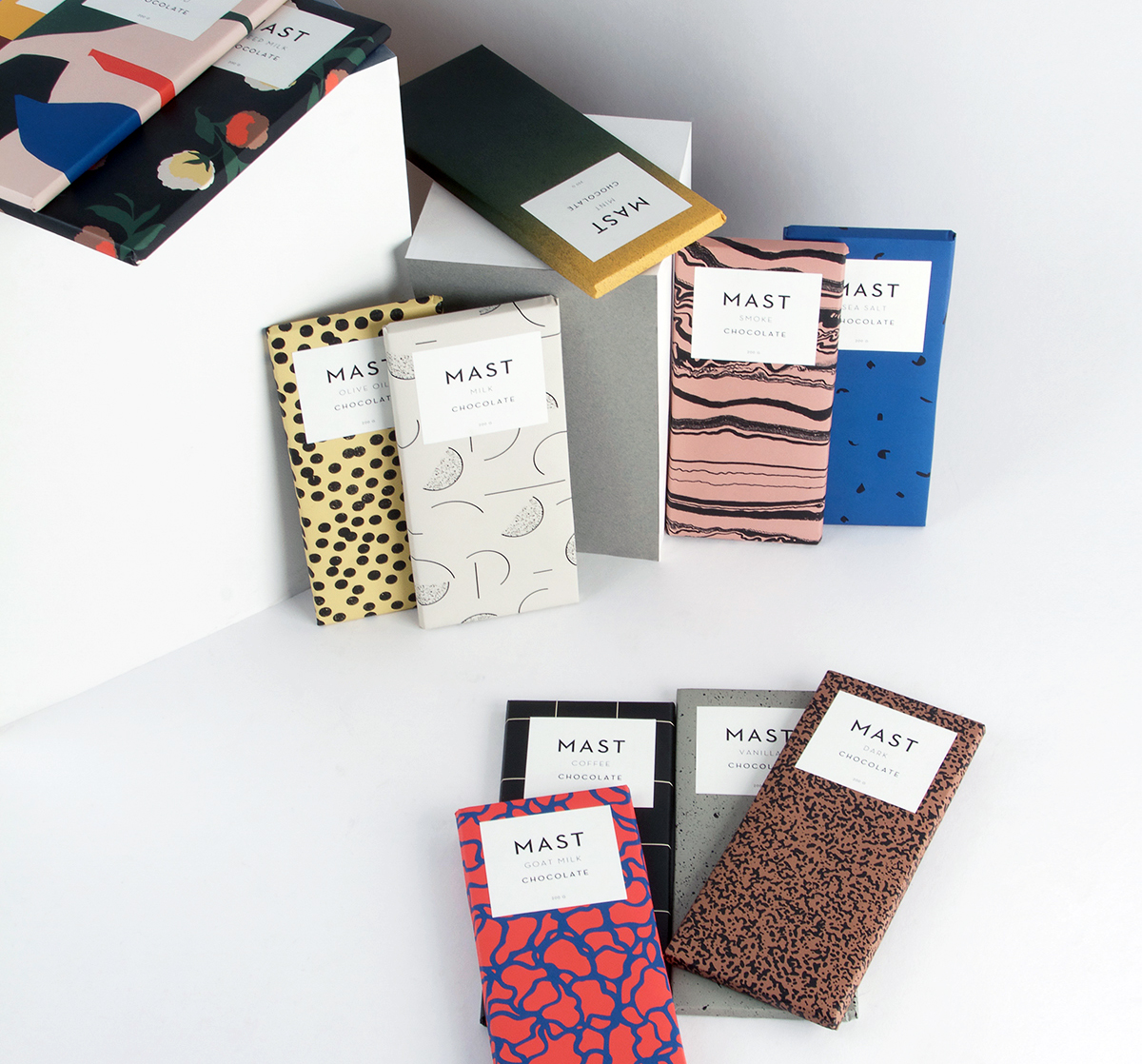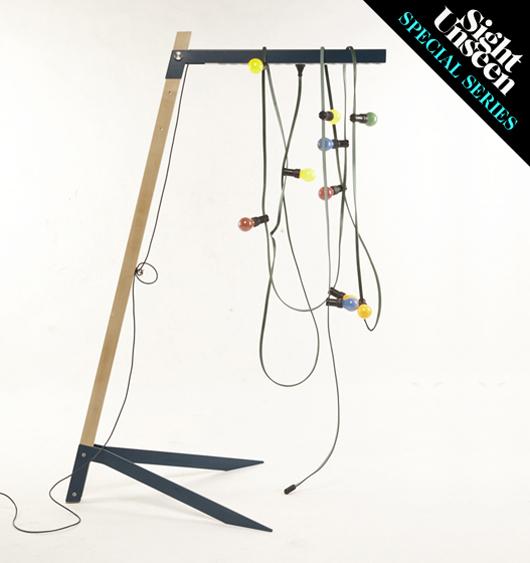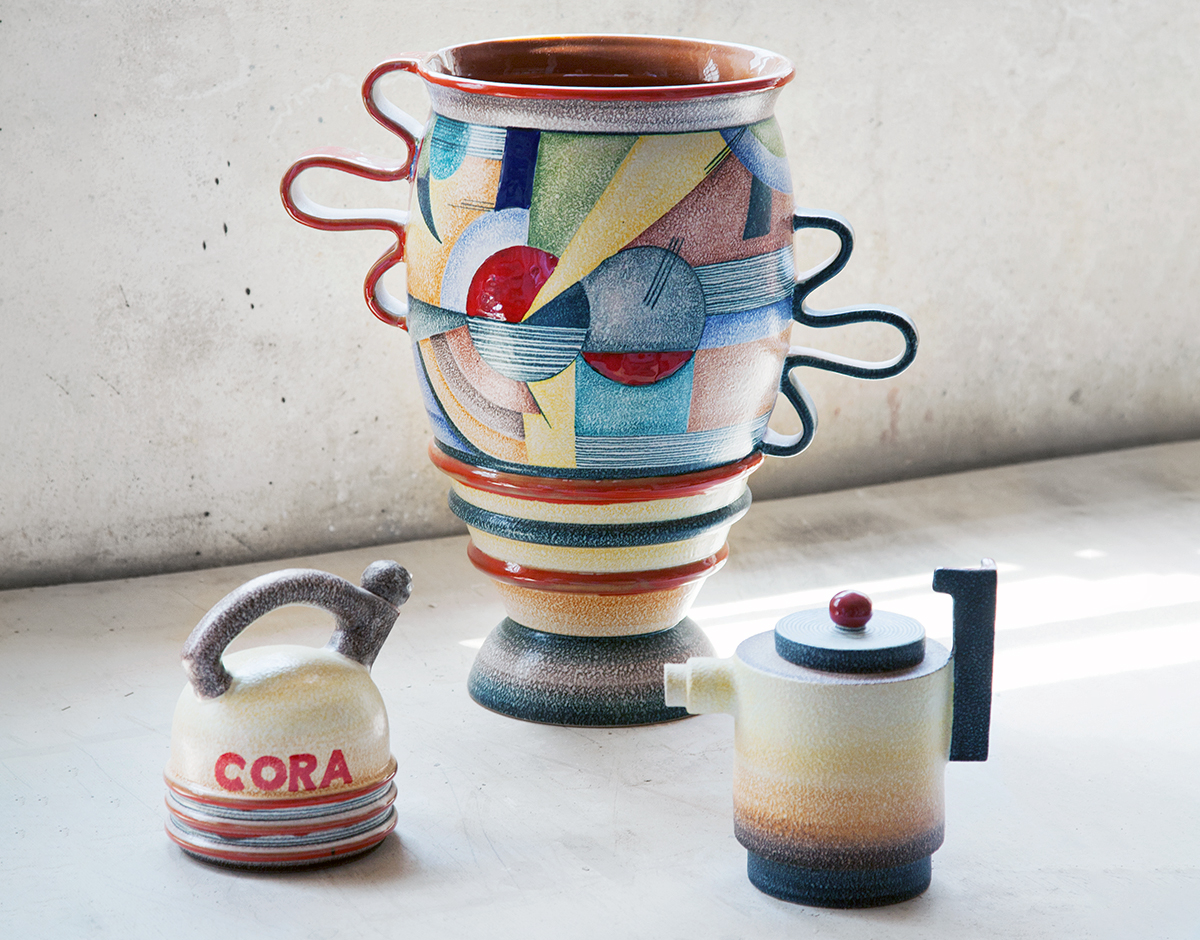
10.25.22
Current Obsession
Adam Stech on Italian Futurism, Part II: The 1930s Ceramics of Mazzotti and Nikolay Diulgheroff
Like many of the best art movements of the early 1900s, the radical Italian Futurist movement was most-known for two-dimensional works, but encompassed the applied arts as well. One of its more interesting — yet largely forgotten — practitioners was the late designer and artist Nikolay Diulgheroff, for whom ceramics became a medium of dynamic expression for his and the Futurists’ ideas.
Diulgheroff was born in Kjustendil, Bulgaria, in 1901, and enrolled at the Bauhaus in Weimar in 1923, having previously studied in Vienna and Dresden. During his studies, he became an admirer of the work of painter and philosopher Johannes Itten, one of the most unorthodox Bauhaus masters, who was interested in color theory and spirituality. Both these aspects of Itten’s output had a tremendous influence on young Diulgheroff, who subsequently settled in Turin, where he continued to study at Accademia Albertina until 1932.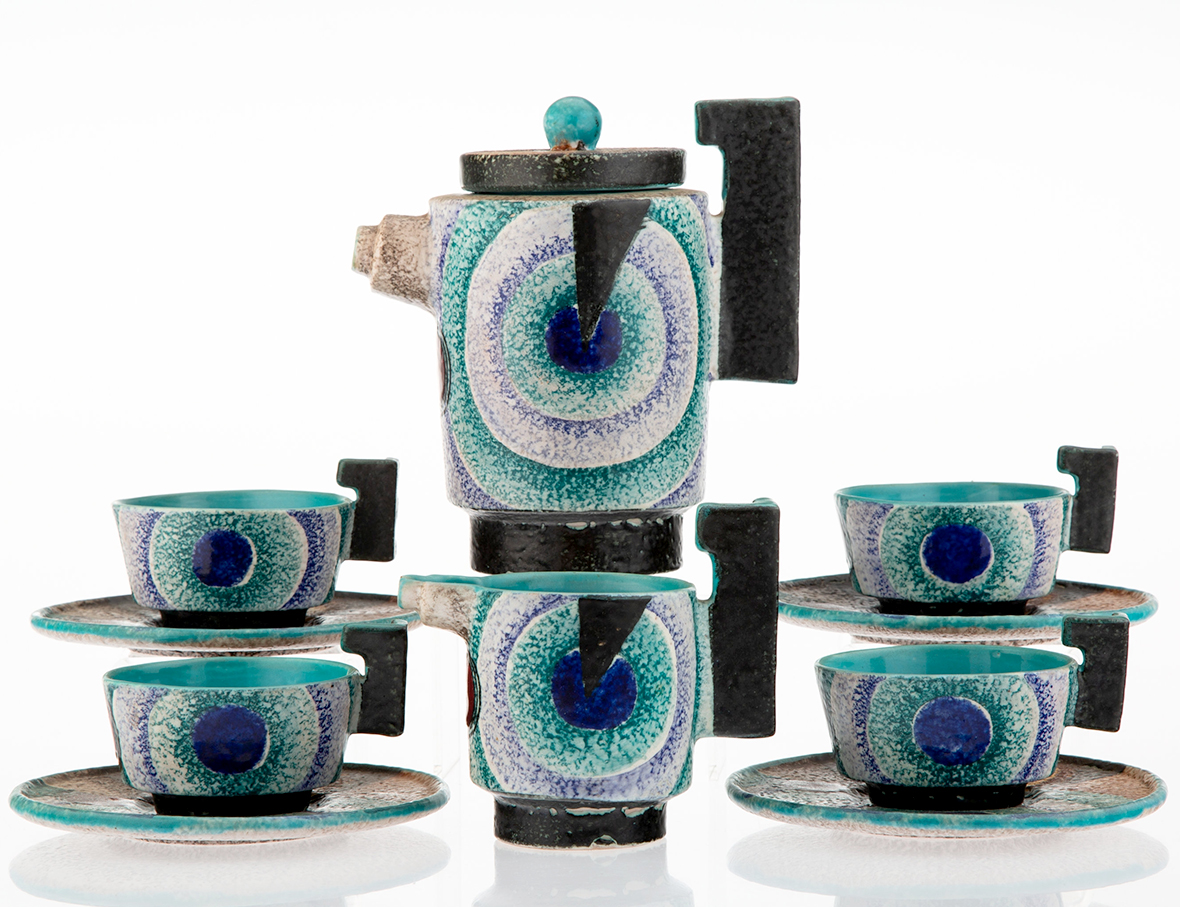
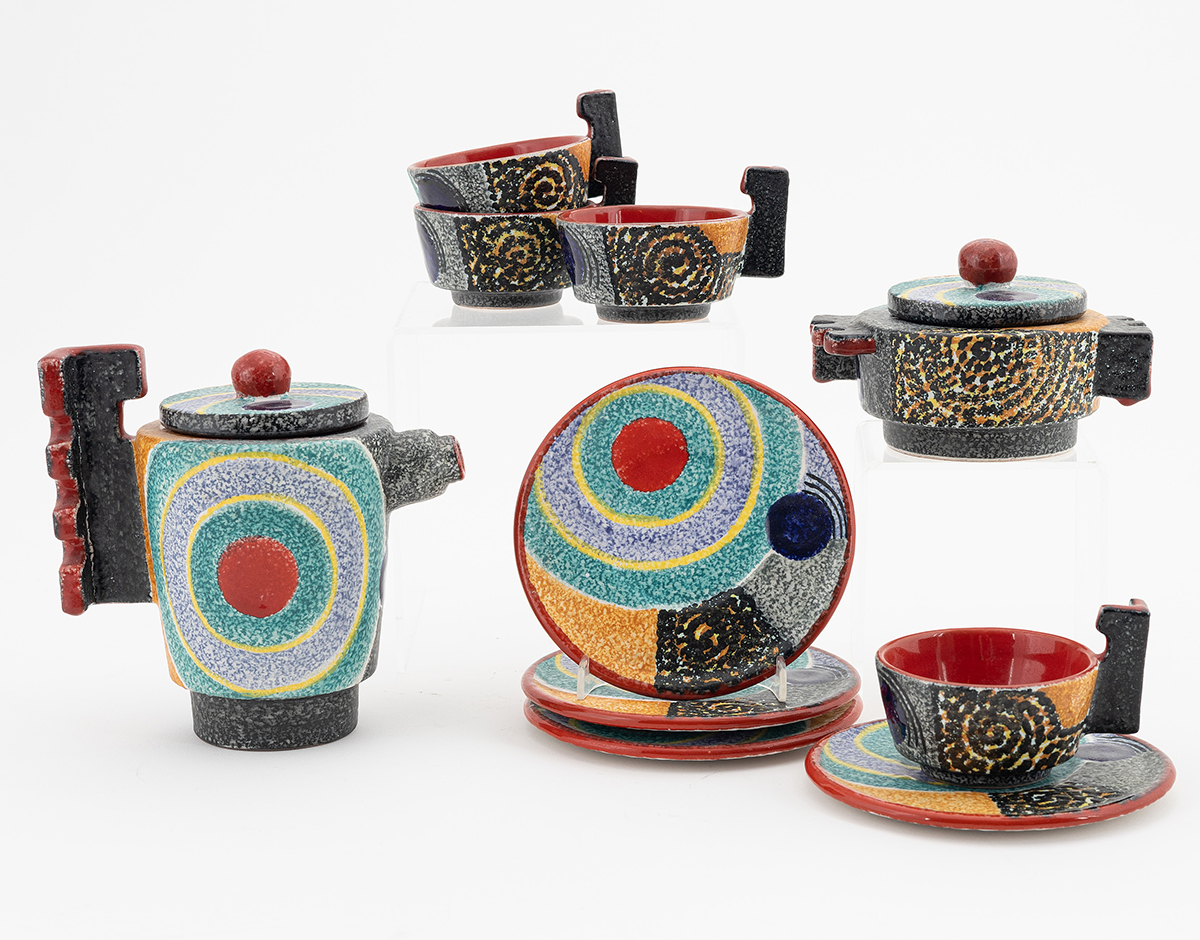
In Italy, he quickly became an important figure of the interwar Futurist movement, celebrating a new, dynamic world by using expressionist and organic abstract forms. He also took part in Futurist events and helped movement leader Filippo Tommaso Marinetti write its manifestos, all while designing iconic posters for Cinzano, Amaro Cora, and Campari. A true modernist polymath, Diulgheroff also produced paintings, sculptures, commercial graphic design, furniture, and architecture — and ultimately, the whimsical Futurist ceramics featured here.
Many of the pieces came out of his influential collaboration with the Italian ceramic workshop of the Mazzotti family in Albisola, Liguria, for which he created vases, bowls, and tea sets during the 1930s. The company, founded in 1903 by Giuseppe Bausin Mazzotti — and whose descendants Torido, Tulio and Vittoria have maintained the tradition ever since — still manufactures many of these historical pieces, all from a unique modernist factory building in Albisola that was designed by Diulgheroff himself in 1932 and still has its original furnishings, interior details, and company sign.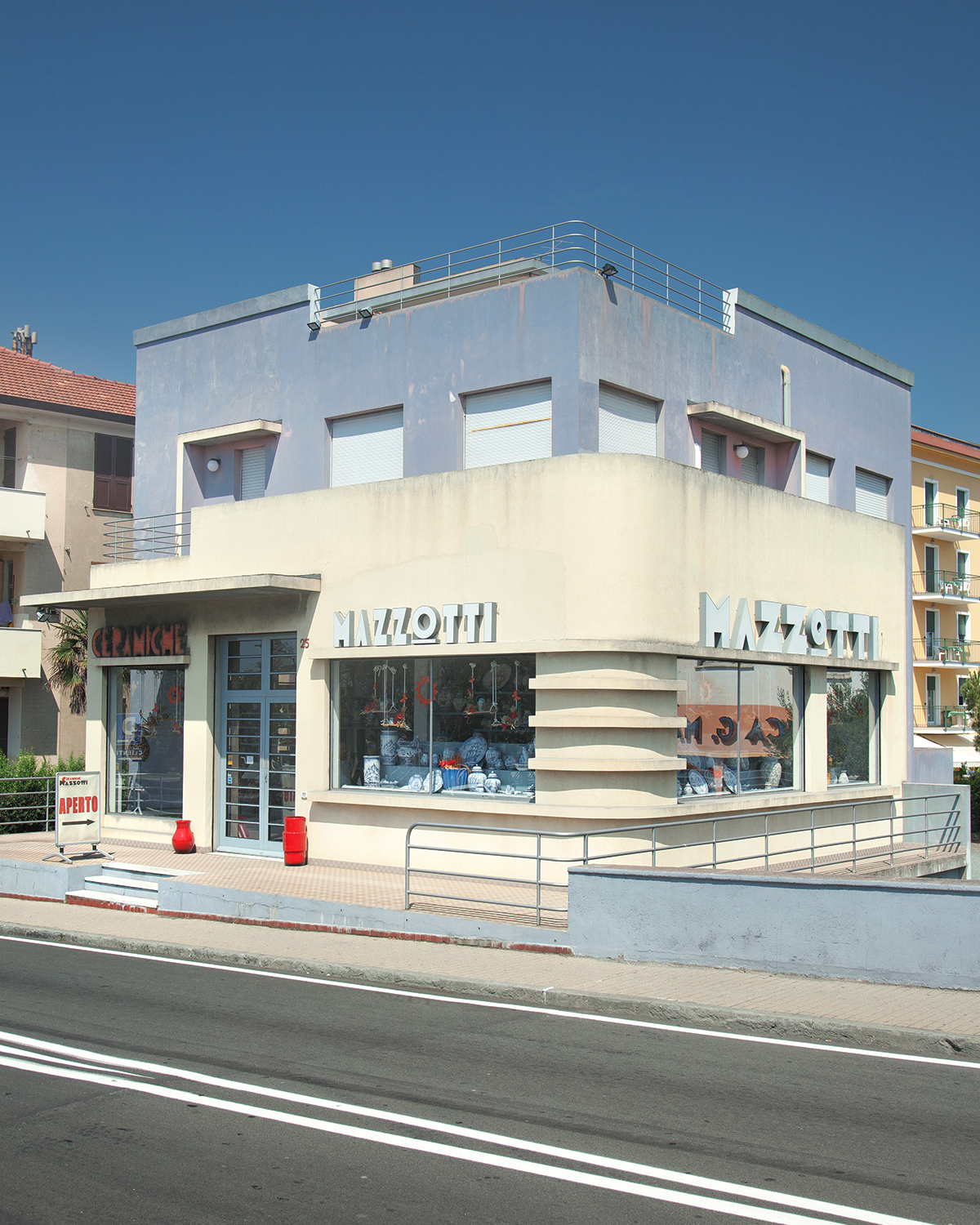
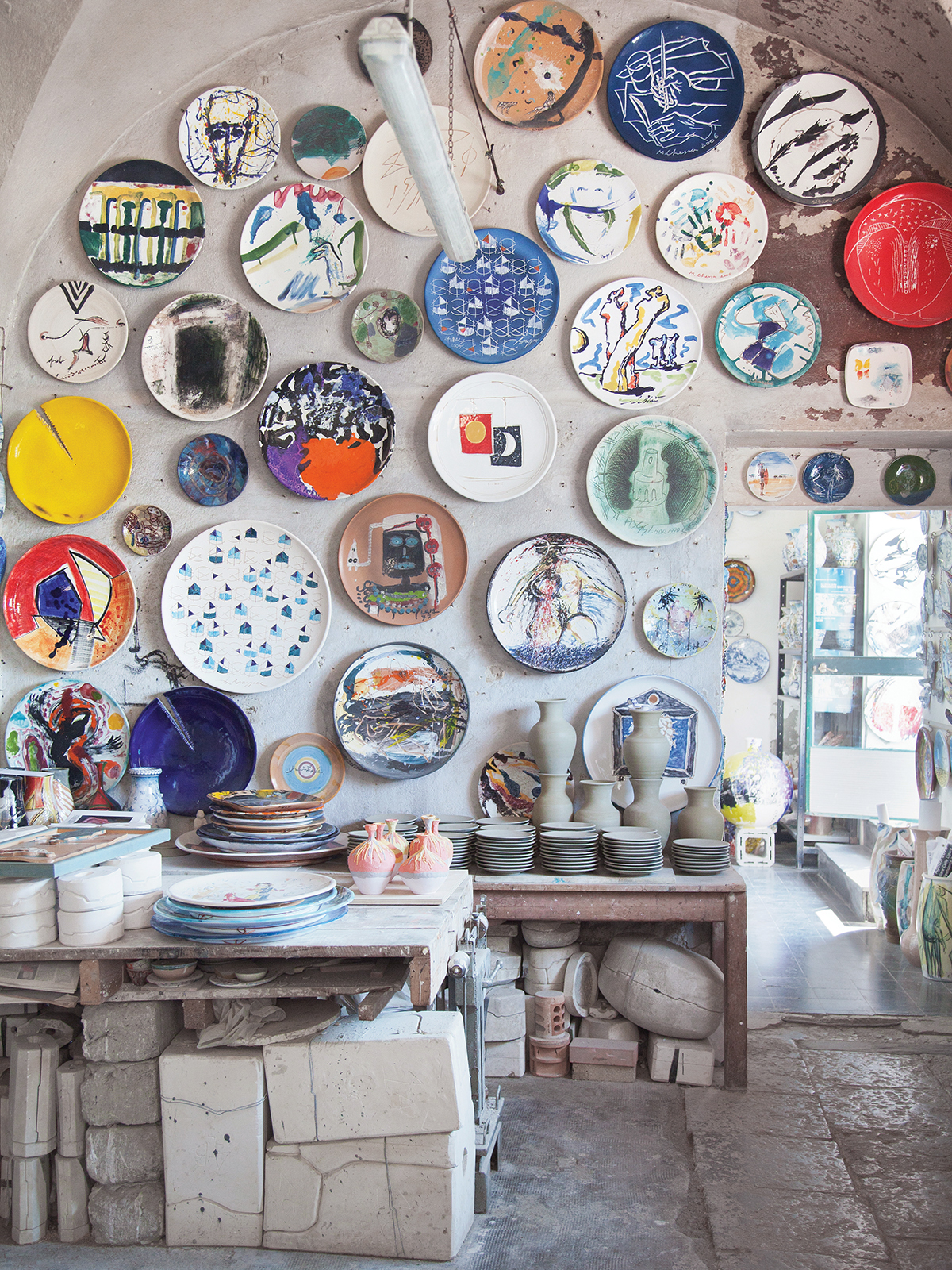
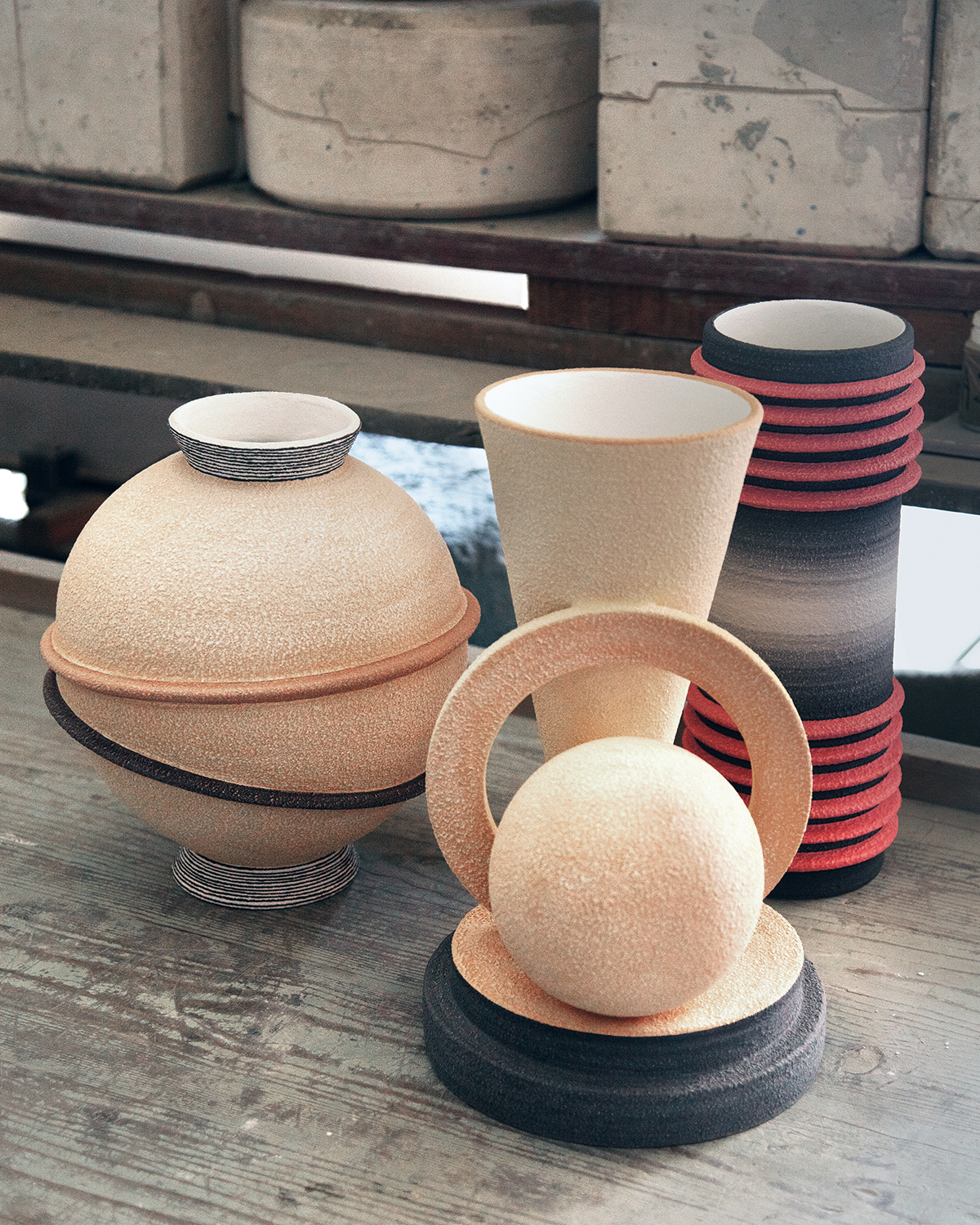
The pieces Diulgheroff created for Mazzotti feature elementary, abstract shapes made of hand-painted and glazed terra cotta, with dynamic graphic patterns that epitomize the Futurist visions of the era; Diulgheroff’s ceramics were conceived as spatial dynamic objects that could transform reality into the Futurist universe of speed and energy. His compositions, which in some ways presaged the postmodern shapes of Memphis design, were intended to express the movement’s themes of the simultaneity of invisible energies, and of speed, which the Futurists drew upon in their paintings and sculptures very often as a connection between the seen and the imaginary.
Diulgheroff died in 1982, and his original pieces have since become sought-after collectibles, exhibited in museums like the Guggenheim in New York and the Wolfsonian in Miami. But you can also purchase pieces of his that are still in production by Mazzotti through retailers like Artemest and Mociun, proving that his artistic vision is just as relevant now as it was nearly a century ago. ◆
MAZZOTTI IMAGES BY JAROSLAV MORAVEC